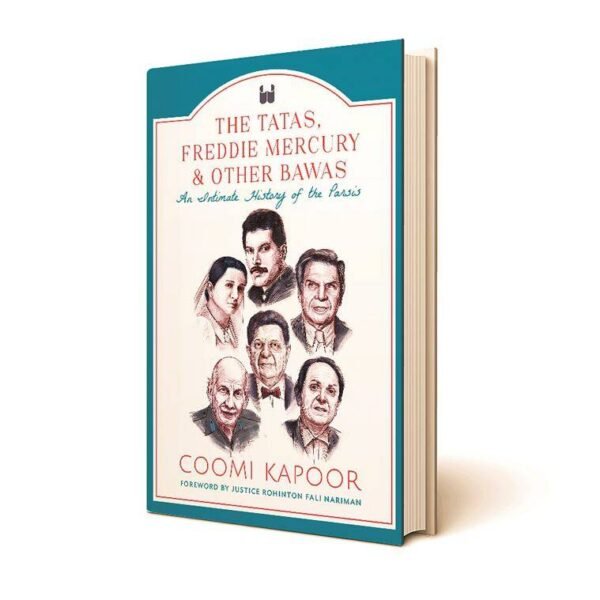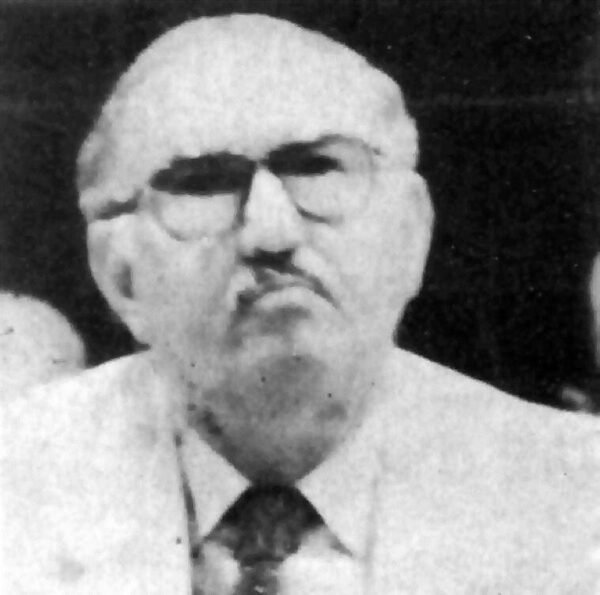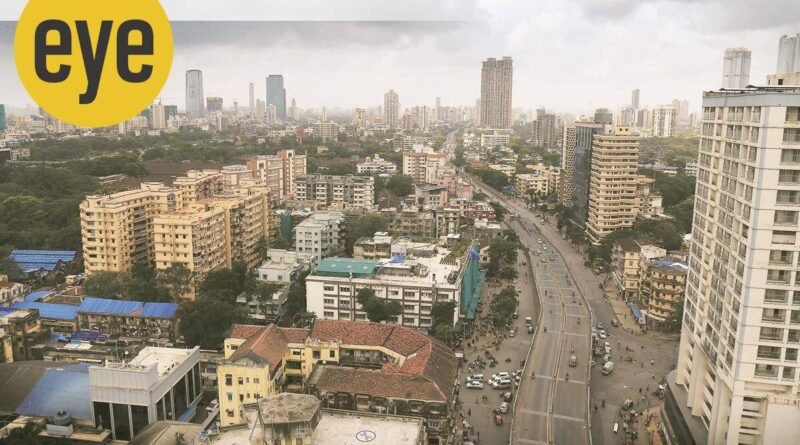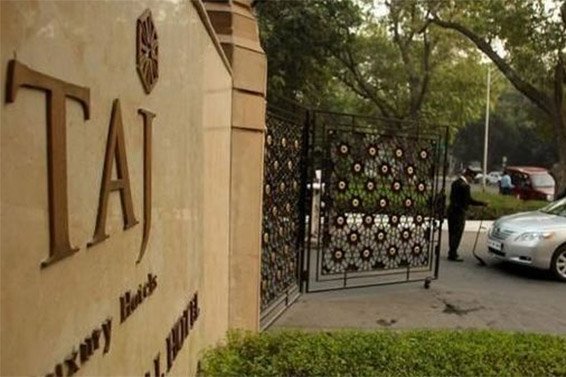When Shapoorji Pallonji funded Mughal-e-Azam and Khojeste Mistree became a religious pop star
Shapoorji Pallonji Jr was Pallonji Sr’s sixth child. He was only 13 years old when he was moved enough by his father’s business struggles to decide he would help out… In 1900, Shapoorji dropped out of school after completing the fifth grade to help his father…
The family’s early contracts were mostly military and PWD projects. In 1919, Pallonji Sr bequeathed his business to his son…
By working with experienced British army engineers and government civil engineers, Shapoorji gained invaluable technical experience and knowledge…
By 1943, Shapoorji Jr formed his own company, Shapoorji Pallonji Construction Private Limited (SPCL) and moved into the big league. He focused on building smart residential flats and houses… It was considered prestigious to live in an apartment block or building constructed by SPCL, recognised for its high standards.
In his career stretching over seven decades, Shapoorji’s firm played a major role in shaping Bombay’s skyline. Many of Bombay’s landmark buildings were executed by SPCL. These include the RBI building, the Bombay Central Station, the Cricket Club of India, the Taj Hotel extension, the Oberoi Hotel, the Shanmukhananda Hall, TIFR, the Homi Bhabha Auditorium, the Breach Candy Hospital and the Bombay World Towers… Despite his success, for most of his life, the master-builder operated out of a dark, Dickensian office on the first floor of Meadow Street, in the heart of the Fort commercial district… Shapoorji was a shrewd judge of men, and tended to keep his engineers on their toes by paying surprise visits to the site. Since he was not proficient in English, his secretary Mr Dumasia translated his instructions for the benefit of his staff. While most of his senior engineers were Parsis, his accountants were Gujarati and maintained their ledgers in the language. Every engineer reported to him daily and, without the help of any notes, he knew from memory which material supplies and labour requirements had to be dispatched to different sites. An employee recalls his long, frayed coat that had numerous pockets in which he kept wads of cash, his chequebook and spectacles. Shapoorji was not a lavish paymaster but inspired loyalty in his team all the same. He looked after staff members and their families when they found themselves in difficulties, and was always there for marriages or funerals — more a father-figure than boss…
The construction czar also formed an investment company titled ‘Sterling Investment Corporation’ (SIC). Its subsequent and continued success showed that he truly had the Midas touch…

Take, for example, Shapoorji’s investment in the Bollywood film, Mughal-e-Azam. Movie production is considered a high-risk business, and many have lost fortunes in film ventures just to rub shoulders with the glamorous stars. Shapoorji’s connection with Bollywood came about by chance. The script for the now iconic movie… was presented to him as payment for a debt… When another film producer approached Shapoorji for the script, he sensed that it might be valuable and decided to finance the film himself. Director K. Asif hired three famous stars, Dilip Kumar, Madhubala and Prithviraj Kapoor, to play the lead roles. Asif was, however, a perfectionist, and Shapoorji, uncharacteristically, kept shelling out more money to fund this perfectionism… just as the film was nearing completion, the technology for colour cinema came to India and the director insisted that a part of the film be reshot in colour. By this time, the cost of the movie, Rs 15 million, had mounted to 10 times the normal budget of a Hindi film and had taken eight years to make. Shapoorji’s son, Pallonji Mistry, was convinced his father was wasting good money in a bid to recover a dead loss. Some suspected it was the beauty of Madhubala that had dazzled Shapoorji, others felt it was his fascination with Prithviraj Kapoor’s Urdu dialogue, which Shapoorji recited enthusiastically while climbing the stairs, that made the normally shrewd and cautious businessman throw money at a white elephant. Of course, all the doomsday predictions came to naught. Mughal-e-Azam, the first Indian film to be shot partly in colour, turned out to be one of Bollywood’s biggest gross earners of all time.
Parsis now claim that they abjured proselytising in India because this was a condition of their pact with the Sanjan ruler. But the Parsis probably ended the practice of selectively admitting non-Parsis to the fold only by the 17th century. By the 19th century, the community had developed a great sense of pride in its exclusivity and identity, and objected entirely to the admission of any outsiders…
Even in the 21st century, the schism is still wide open. On the one side are cosmopolitan and affluent modern-thinking Parsis, whether Indians or emigrants, many of whom have family members who have married out of the community but would like future generations to be brought up as Parsis and have navjotes… First and second-generation Parsi migrants to the West are conscious that if their offspring do not meet fellow Parsis, they are likely to distance themselves from their culture forever…

But not so in the parochial baugs of Mumbai, where the middle classes live in insulated, rent-controlled Parsi housing colonies. For a girl from such an upbringing to marry outside the community still carries a terrible social stigma. As a consequence, there are more spinsters per capita among Parsis than any other community in India.
There is still a stubborn streak of fundamentalism in a sizeable section of this otherwise liberal and highly educated community. This is in part because of the charisma of the conservative, persuasive lay preacher and scholar, Khojeste Mistree. Most priests may have been unwilling to bend with the times, but their influence was limited, particularly as there were always exceptions in the clergy who were agreeable to performing religious ceremonies for those who did not fall within the strict definition of a Parsi. But Mistree succeeded in impressing his strict standards on the Parsi laity for a considerable time.
Mistree, who grew up in Pune, was drawn to mysticism since childhood. He travelled to England at the age of 16… and stayed on in the country to study accountancy. He qualified as a chartered accountant and was on the brink of making partner in a firm when he became interested in religion. He was admitted to Oxford University to study Zoroastrianism…
Mistree returned to Mumbai in 1980 and was invited to give a series of talks on Zoroastrianism. The auditoriums were packed with Parsis, young and old, keen to learn more about the faith in which they were brought up but about which they knew very little. Mistree became something of a religious pop star, thrilling the crowds with his displays of oratory and learning… His resistance to any concession to changing times coupled with his fast-growing clout made him a highly divisive figure in the community.
Source: Click Here





